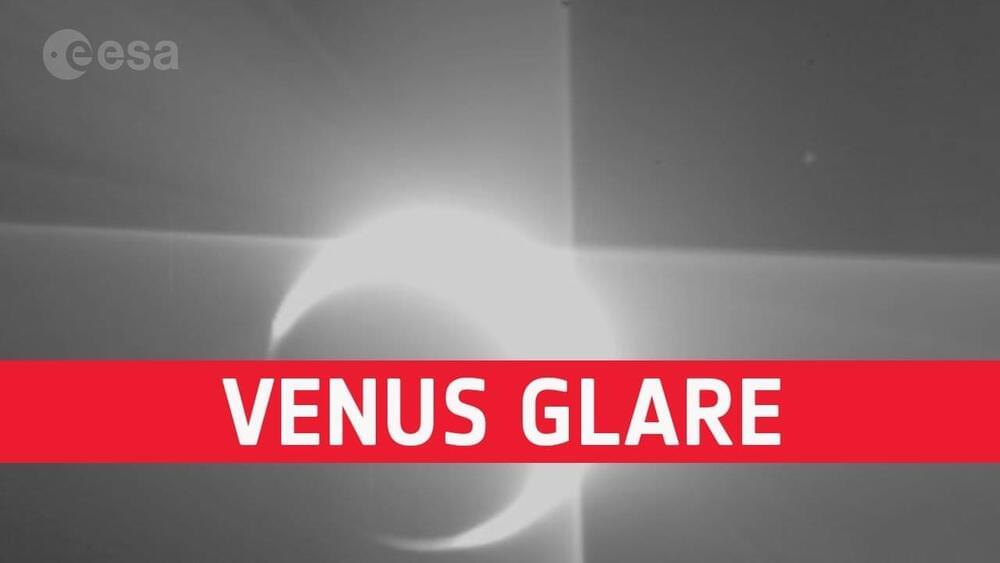On August 9 2021, the joint ESA/NASA Solar Orbiter spacecraft performed a flyby of Venus, coming within 7,995 km of the Venusian surface. Just 33 hours later, on August 10 the joint ESA/JAXA BepiColombo spacecraft flew by the planet, coming within 552 km of the surface.
The historic double flyby was a result of the two spacecraft attempting to reduce their orbital energy while en route to their respective destinations. BepiColombo is traveling to Mercury, where it will study the planet in-depth, while Solar Orbiter is finishing its last flybys before entering the correct orbital inclination to best observe the Sun.
The double flybys required great accuracy and precise deep-space network coordination to ensure the two trajectories did not cross. During the flyby, both BepiColombo and Solar Orbiter collected data on Earth’s sister planet.
